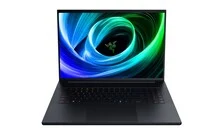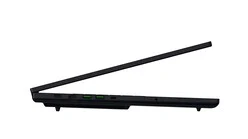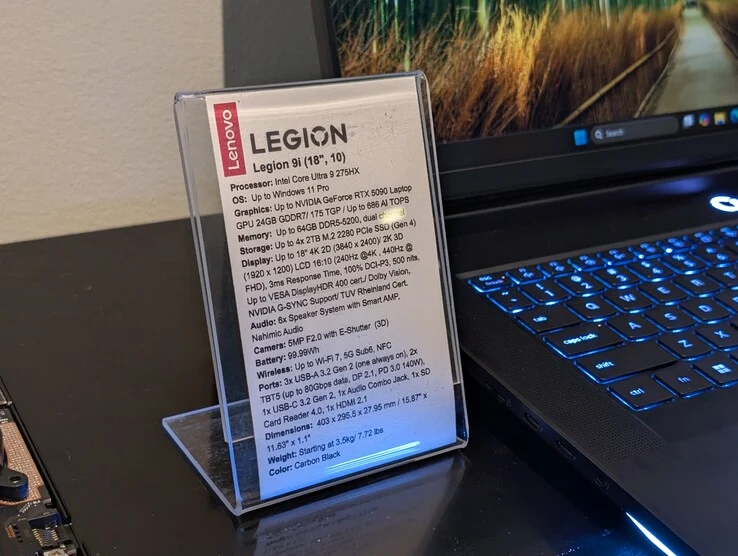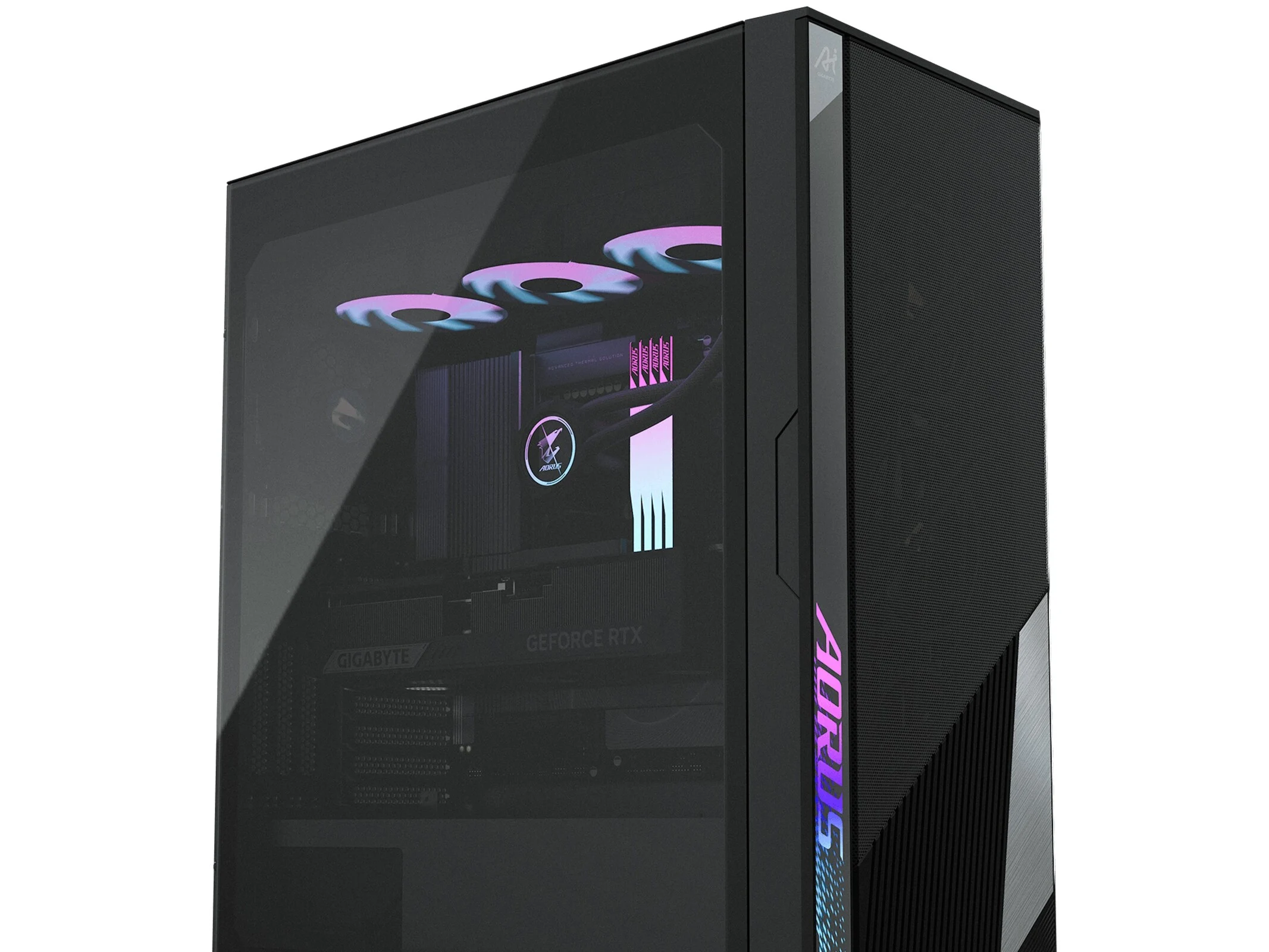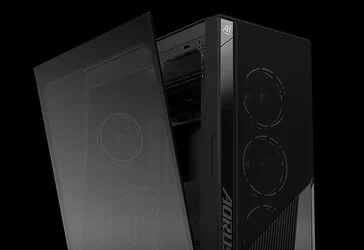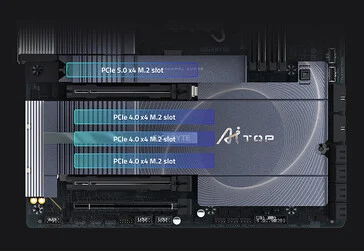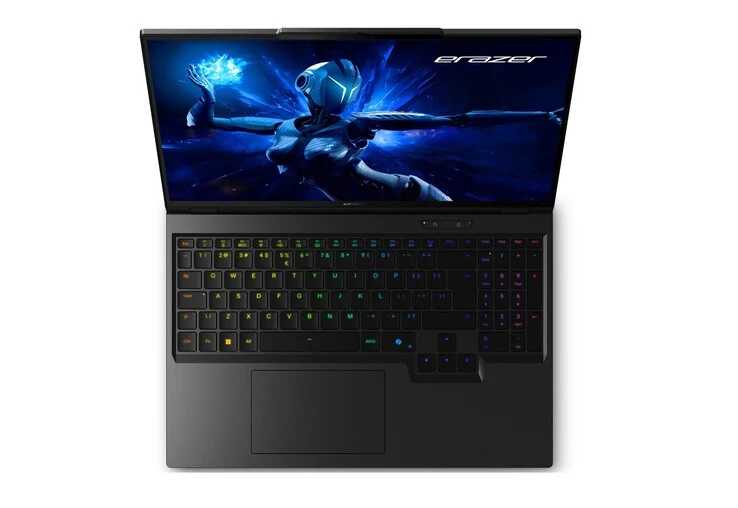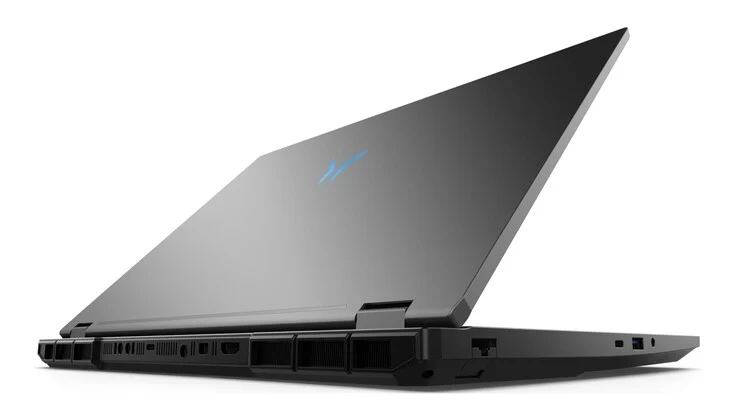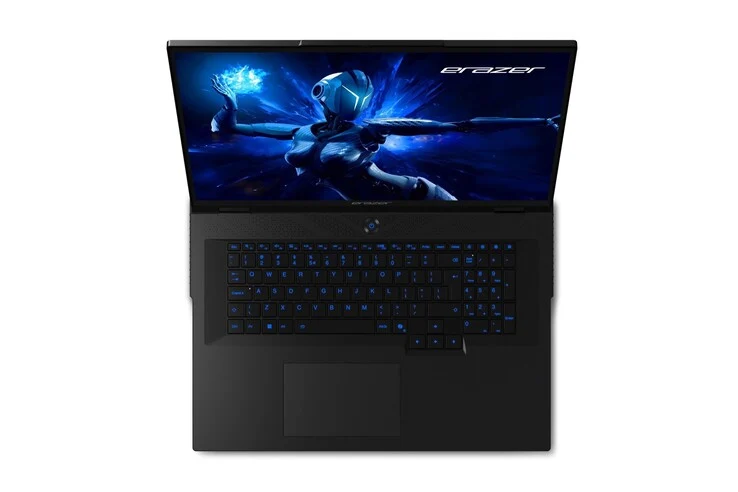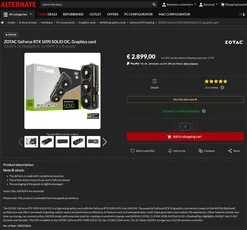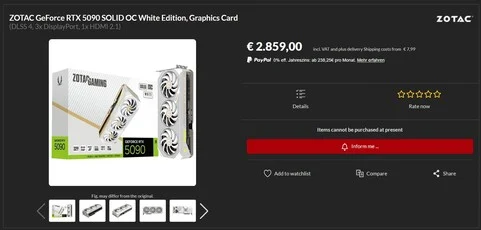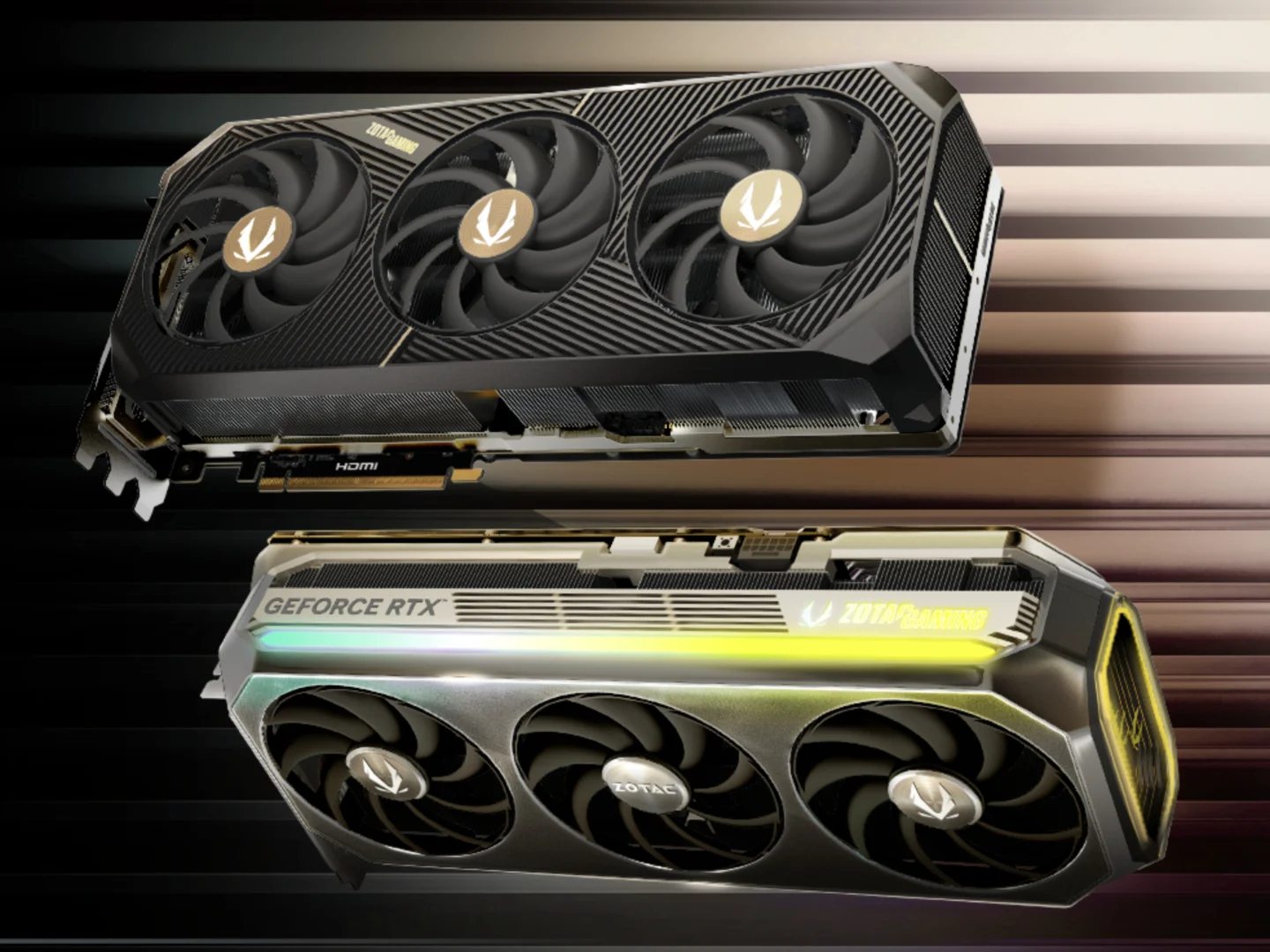Key Takeaways
1. Form Factor Impact: The size of gaming laptops (16-inch vs. 18-inch) affects cooling efficiency, with larger models generally performing better.
2. Performance Settings: Gaming laptops are tested using high-performance profiles, influencing the results significantly.
3. Top Performers: The XMG Neo laptops lead in both synthetic 3DMark results and real-world gaming benchmarks among RTX 5090 models.
4. Gigabyte Aorus Master 16: This model ranks lower in gaming performance compared to competitors but may improve with future software updates.
5. Overall Performance Gap: Most RTX 5090 laptops show relatively small performance differences, which might not impact real-world gaming experiences significantly.
We have examined over ten gaming laptops equipped with the Nvidia Geforce RTX 5090 GPU, including options from brands like Asus, Schenker, Medion, HP, MSI, and Razer. Recently, we also took a look at the Gigabyte Aorus Master 16. Now it’s time to compare their gaming performance head-to-head.
Form Factor Matters
The size of the laptop is important too. We are comparing both 16-inch and larger 18-inch models, as the bigger ones can cool down more effectively. This is why we make a distinction between these two sizes.
Performance Profiles
The performance settings also play a significant role in our evaluations. Normally, we test all gaming laptops using a high-performance or gaming profile without the fans going full turbo all the time.
First, let’s examine the synthetic 3DMark results:
The XMG Neo laptops are on top, with the Tuxedo Stellaris 16 and Medion Erazer Beast 16 X1 not far behind. Interestingly, the top six spots are occupied by 16-inch models, while the first 18-inch model, the MSI Titan 18 HX AI, is in 7th place.
Our Gigabyte Aorus Master 16 sits in the middle at 7th place, nearly matching the average performance of all RTX 5090 laptops.
Real-World Gaming Benchmarks
Real-world gaming tests are much more significant for players, especially with our standard games that we test on every gaming laptop:
In this category, the XMG Neo takes the lead again, but this time it’s the Neo 16 A25 with the AMD Ryzen 9 9955HX3D that shines. The E25 with the Intel Core Ultra 9 275HX comes in at fourth place.
Sadly, our Gigabyte Aorus is only in 10th place here, trailing by approximately 8% behind the Neo 16 E25, and a notable 19% behind the Neo 16 A25. However, Gigabyte frequently rolls out updates that enhance performance and can easily be installed through GiMate, their control center. Maybe the Master 16 will catch up with some of its rivals soon.
Top Performer
The fastest RTX 5090 laptop we’ve reviewed so far is the Schenker’s XMG Neo 16 A25. The Tuxedo Stellaris 16 Gen7, which we are still reviewing, seems to be on par with it. All other RTX 5090 laptops fall at least 7% short in gaming performance, according to our tests.
The newly reviewed Gigabyte Aorus Master 16 finds itself at the back of the pack in gaming comparisons, which is a bit disappointing, especially given its relatively steep price. However, the performance gaps with most competitors are small and might not make a difference in real-world use, especially since the company consistently releases updates. To discover if the Aorus Master 16 excels in other aspects, along with its pros and cons, be sure to check out our full review.
Source:
Link




